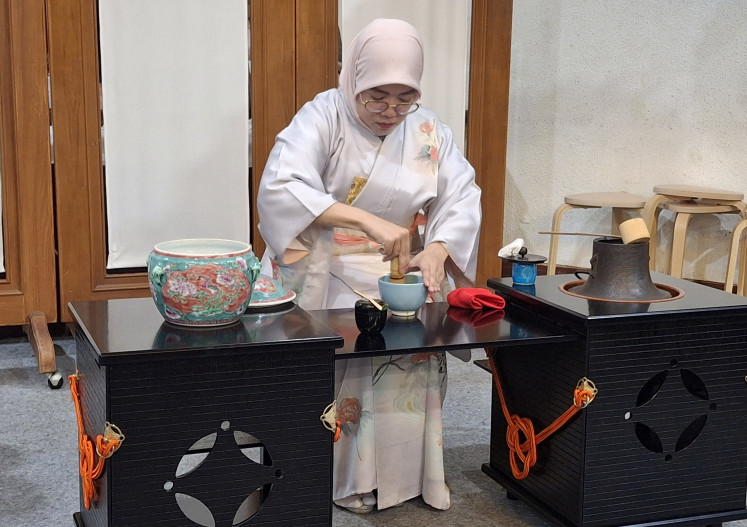Popular Reads
Top Results
Can't find what you're looking for?
View all search resultsPopular Reads
Top Results
Can't find what you're looking for?
View all search resultsFive tips for a less toxic home
You can reduce your household pollution by following these tips.
Change text size
Gift Premium Articles
to Anyone
T
oxic chemicals are everywhere, even in your home. Though it may sound dire, we can try to cut it down and reduce household pollution. The Guardian has shared five tips to make your home less toxic.
1. Ventilate
To avoid outdoor pollution coming into our homes, it makes sense to close our windows. But in order to prevent pollution occurring inside your home, you should open your windows whenever you’re cooking or taking a shower.
The British Lung Foundation (BLF) also recommends fragrance-free cleaning products and using solid or liquid products instead of sprays. Furthermore, candles or incense sticks should never be lit in a small room.
2. Cut down on plastic
Many plastic products include the synthetic chemical Bisphenol A (BPA), which can be absorbed through skin contact and disrupts the endocrine system. According to Tamara Galloway, a professor of ecotoxicology at the University of Exeter, 95 percent of adults have traces of BPA in their bodies through continuous exposure.
Fortunately, there are several alternatives in order to limit exposure. Mothers are recommended to breastfeed or purchase baby bottles with a BPA-free label, or you can buy glass bottles instead of plastic ones and avoid heavily processed and packaged foods.
3. Make your own cleaning products
In All You Need is Less: A Guilt-Free Guide to Eco-Friendly Living and Stress-Free Simplicity, author Madeleine Somerville shares ways to make your own cleaning products. Soap, baking soda and vinegar are all the ingredients needed.
First, take a bottle filled with hot water leaving a few inches at the top. By adding a ¼ cup of white vinegar, 2 tablespoons of eco-friendly washing-up liquid and an optional 1 tablespoon of borax, you will have your own cleaning spray.
Read also: Carcinogens may lurk in these household items
4. Reduce dust
A study published in 2016 in the United States identified 45 toxic chemicals in indoor dust. Phthalates, flame retardants and phenols have been found. “Because indoor dust contains chemicals from a wide variety of products, it is like a parking lot for chemicals in the home,” said Veena Singla, co-author of the study from the Natural Resources Defense Council in California.
Damp and mold can affect our immune system and increase the risk of respiratory problems. To keep your household´s dust to a minimum, use a damp cloth for dusting and vacuum at least two times a week (make sure your vacuum has a high-efficiency particulate air filter so that dust and dirt go into the bag, which should be cleaned regularly). Also, washing your hands with plain soap and water is always an effective step.
5. Examine your paint choices
When painting your kitchen or bedroom, consider the volatile organic compound (VOC) level of the paints, as pollution can happen long after the paints are dry.
Interior design journalist Katherine Sorrell warns that not all “eco-friendly” or “natural” colors are necessarily “green”. (sop/wng)











